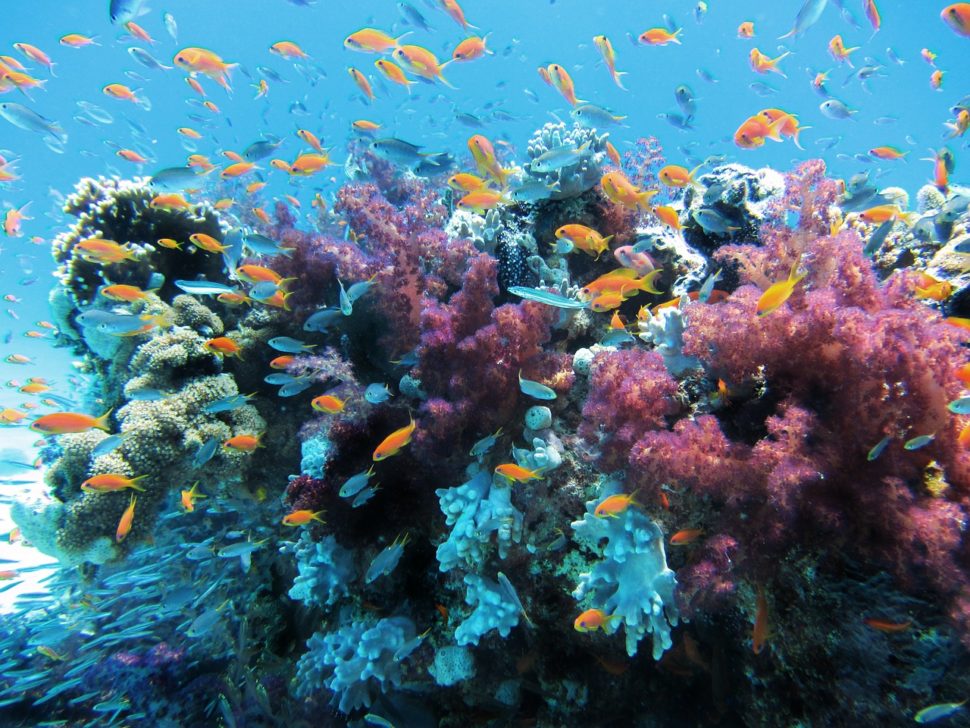A recent study at the University of Delaware suggests that 3D-printed corals can effectively replace the natural coral reef systems.
Along with harboring the highest biodiversity of any ecosystem globally, coral reefs support over 500 million people across the world, mostly in poor homes. However, they are also one of the most threatened in the ecosystem due to global warming and climate changes.
In the last three years, anthropogenic greenhouse gas emissions have caused an unprecedented increase in global surface temperature. As a result, reefs across the world are suffering from mass coral bleaching.
Since millions of species in the ocean depend on the corals for shelter, the threat to its health is more significant than you can imagine. It’s no wonder that tons of researchers are exploring various alternatives.
For example, we could replace or supplement the affected coral reef systems using 3D-printed coral models.
But will it work?
Well, University of Delaware’s Danielle Dixson and UD alumnus Emily Ruhl provided an answer in their PLOS One article.
Testing 3D-Printed Coral Reef System
For the study, the researchers studied the behavior of damselfish – a coral-associated fish – and mustard hill coral larvae.
They placed the fish into a tank that contains a coral skeleton, including four other 3D-printed coral models made from different filaments. In what is known as a cafeteria-style choice experiment, the researchers studied whether the damselfish would pick one habitat over another.
After conducting a behavioral analysis, Ruhl and her colleague noted that the fish showed no preference between the native coral skeleton and 3D-printed materials.
Also, the fish’s activity level – distance traveled in the tank and frequency of movement – remained consistent regardless of the coral habited. This unchanged behavior in the damselfish surprised the researchers.
In a statement Ruhl, who earned her master’s degree in marine biosciences at UD in 2018, said:
“I thought the natural skeleton would elicit more docile (that is, accepting) behavior compared to 3D-printed objects. But then we realized the small reef fish didn’t care if the habitat was artificial or calcium carbonate. They just wanted protection.”
The experiment also suggests that mustard hill coral larvae would settle at a higher rate on 3D-printed surfaces.
A New Home for Coral Reef Fishes?
The researchers concluded that the biodegradable cornstarch filaments were safe to use. So, they 3D-printed corals and tiles using this filament and deployed the artificial corals in Fiji.
Now, the UD team is analyzing what settled on the deployed coral tiles to understand the methods that could improve the conservation methods.
Dixson noted:
“Offering 3D-printed habitats is a way to provide reef organisms a structural starter kit that can become part of the landscape as fish and coral build their homes around the artificial coral. And since the materials we selected are biodegradable, the artificial coral would naturally degrade over time as the live coral overgrows it.”



















Comments (0)
Least Recent